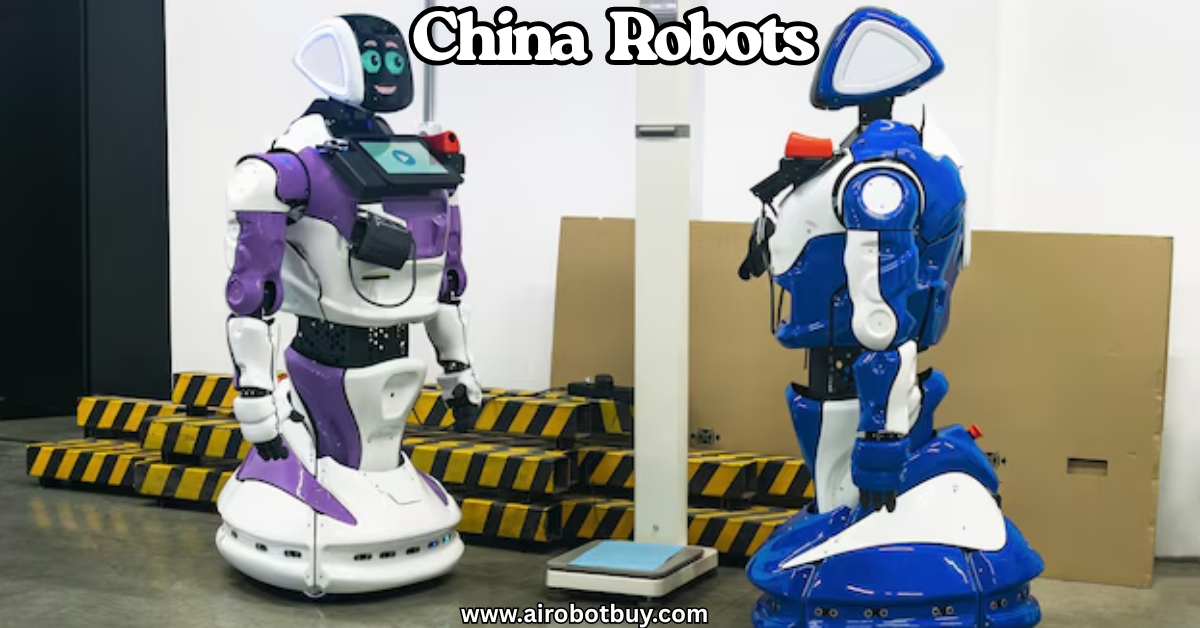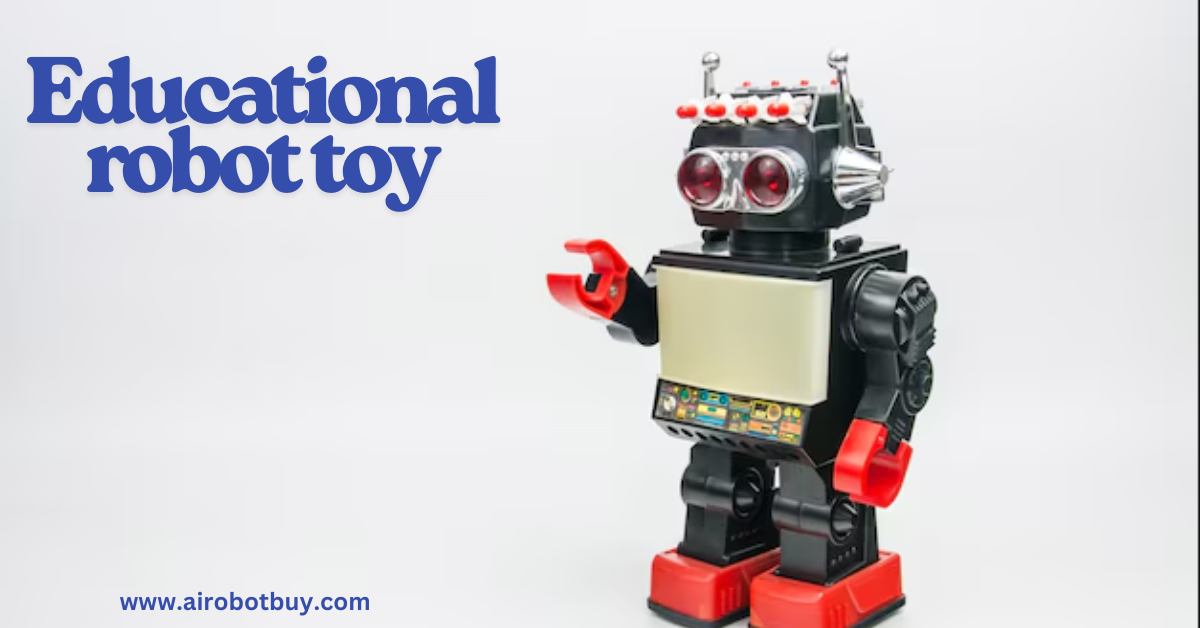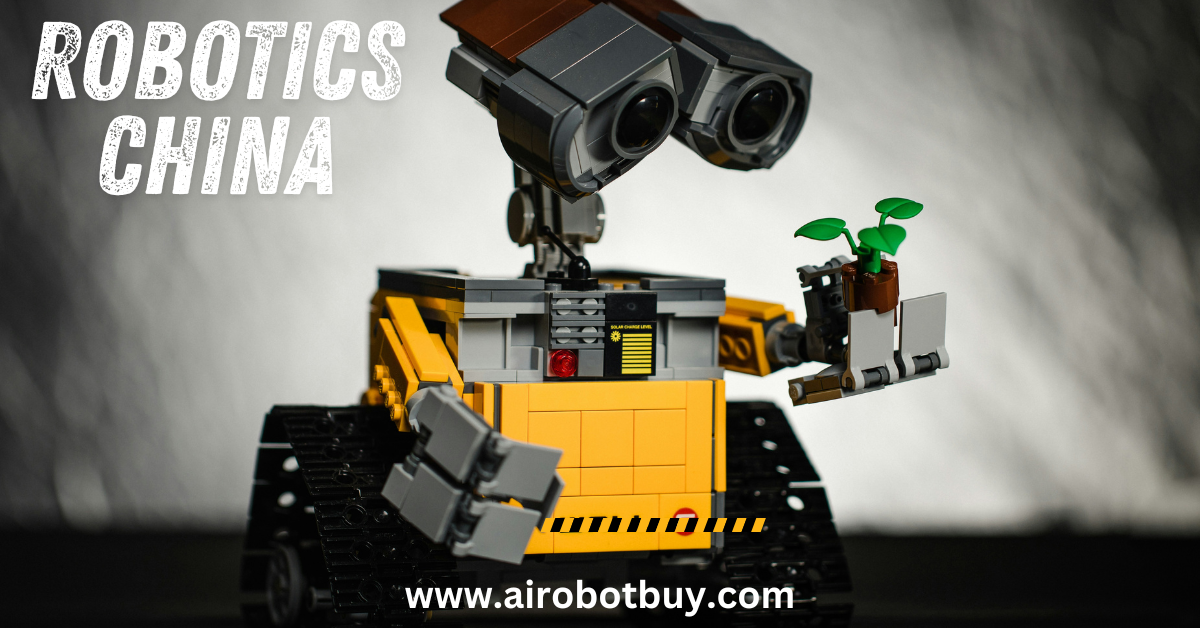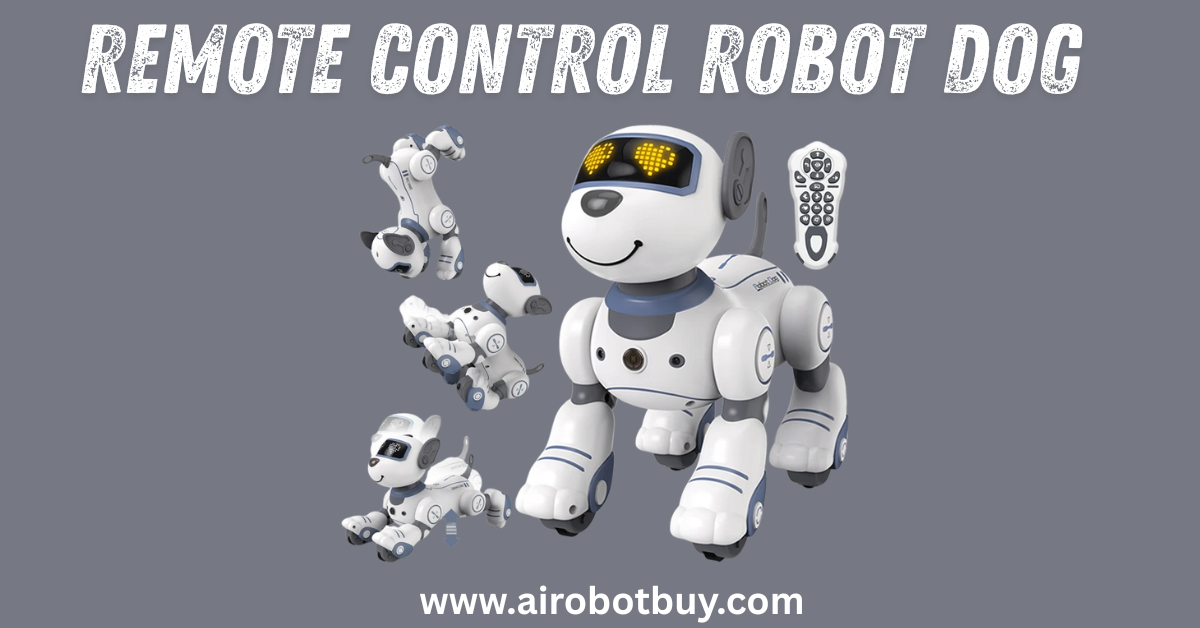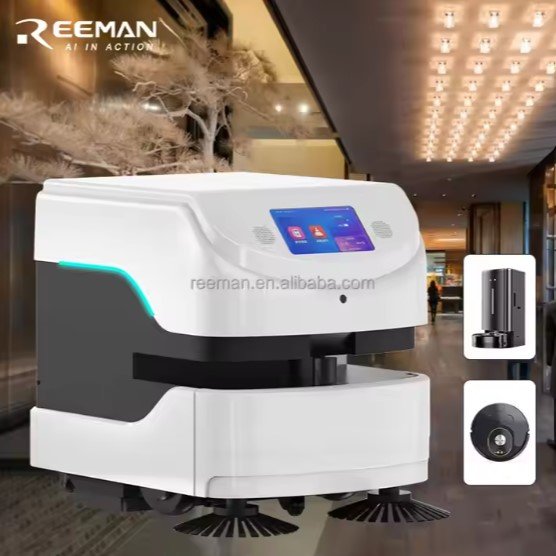The future of robotics is evolving rapidly, and one of the most impressive innovations in humanoid robotics is the Universal Humanoid Robot Unitree H1. This cutting-edge robot is designed to push the boundaries of what is possible in both physical and functional capabilities. It combines advanced AI technology, superior mobility, and an adaptable design, making it a remarkable addition to various industries ranging from research and education to healthcare and entertainment.
The Unitree H1 is not just a mechanical marvel but a glimpse into the future of autonomous robots. Engineered with a sleek appearance, this humanoid robot is capable of performing complex tasks with precision and agility, thanks to its state-of-the-art technology. Equipped with sensors and a dynamic system, it can navigate diverse environments with ease, offering a level of interaction that goes beyond typical machines.
This article delves into the features, uses, and potential of the Universal Humanoid Robot Unitree H1, exploring how it is set to revolutionize the way we think about humanoid robots and their integration into daily life. Whether you’re in the tech industry, education, or robotics research, understanding the capabilities of the Unitree H1 will provide valuable insights into the future of robotic automation and artificial intelligence.
Exploring the Universal Humanoid Robot: Unitree H1
1. Introduction to the Universal Humanoid Robot Unitree H1
The Unitree H1 is a groundbreaking humanoid robot that showcases the incredible advancements in robotic technology. Its compact and ergonomic design, combined with its incredible mobility and autonomy, makes it a versatile addition to various fields such as robotics, AI research, healthcare, and more. This robot is designed to not only perform complex tasks but to do so with an unprecedented level of agility and precision.
2. Design and Engineering
At the heart of the Unitree H1 is its unique design, combining sleek aesthetics with robust engineering. Unlike traditional robots that may struggle with mobility, the Unitree H1 is engineered for speed and stability. It features a humanoid form, mimicking the structure and movement of a human body. This allows it to perform a wide variety of activities with an efficiency and dexterity that were previously unattainable in robots.
- Appearance and Build: The robot has a clean, modern look with smooth, flexible joints. Its lightweight yet durable structure allows it to move with ease while maintaining strength and balance.
- Mobility and Agility: One of the most remarkable features of the Unitree H1 is its ability to navigate complex environments. It’s equipped with advanced motion algorithms and sensors that allow it to walk, run, and even navigate stairs, a feat that many humanoid robots struggle to achieve. Its balance system mimics the natural movement of a human, allowing it to maintain stability even in challenging terrains.
- Sensors and Cameras: The robot is equipped with a range of sensors, including visual and touch sensors, which help it perceive its surroundings. This gives the Unitree H1 the ability to perform tasks with real-time responsiveness.
3. Artificial Intelligence and Autonomous Capabilities
The Unitree H1 integrates advanced AI algorithms that enable it to think and act autonomously. This AI gives the robot the ability to process data from its sensors, allowing it to make decisions based on its environment.
- Machine Learning: With machine learning capabilities, the Unitree H1 can improve its performance over time. It can learn from experience and adapt to new challenges without needing constant human guidance.
- Speech Recognition and Interaction: The robot features speech recognition technology that allows it to interact with humans naturally. Whether in customer service, healthcare, or education, the H1 can communicate and respond intelligently to commands, creating more seamless user experiences.
- Task Automation: Thanks to its AI-powered control system, the Unitree H1 can handle a variety of tasks autonomously. From carrying items to assisting in research experiments, its versatility in task automation is one of its most notable features.
4. Applications of the Universal Humanoid Robot Unitree H1
The Unitree H1 has the potential to revolutionize many industries with its robust capabilities. Here are some of the most exciting applications:
- Healthcare Assistance: In hospitals and elder care facilities, humanoid robots like the Unitree H1 can assist with mobility support, patient monitoring, and even simple caregiving tasks. The robot’s ability to move and interact with patients makes it an invaluable asset in healthcare environments.
- Education and Research: The Unitree H1 can also be used in educational settings, teaching students about robotics, AI, and machine learning. Its autonomous capabilities provide a hands-on learning experience for researchers and engineers.
- Entertainment and Service Industry: In the entertainment sector, the robot can be used for interactive performances, robot-assisted activities, and even customer service. Its ability to engage with humans in meaningful ways opens up new avenues for innovation in entertainment.
- Security and Surveillance: With its advanced mobility and camera sensors, the Unitree H1 can be used in security applications, providing real-time surveillance and monitoring. It can navigate spaces autonomously, providing security patrols and acting as a mobile sensor network.
5. Key Features of the Unitree H1
The Universal Humanoid Robot Unitree H1 is packed with high-tech features that make it stand out in the crowded robotics market:
- Advanced Mobility: As mentioned earlier, one of the most impressive features of the Unitree H1 is its ability to move fluidly and autonomously. Whether it’s walking, running, or climbing stairs, the robot’s mobility is designed to mimic human movement and adapt to different terrains.
- Flexible Manipulation: The robot is equipped with dexterous arms that allow it to interact with its environment. Whether picking up objects, pushing buttons, or performing precise tasks, the Unitree H1 can manipulate objects with ease.
- Robust Control System: The Unitree H1 is powered by an advanced control system that allows for high-performance task execution. This system ensures that the robot can maintain stability, balance, and agility at all times, even when performing demanding movements.
- Multi-sensory Inputs: Equipped with multiple sensors, the robot can perceive its surroundings with a high level of precision. This includes vision, touch, and spatial awareness, allowing it to make decisions and adapt quickly to its environment.
6. Challenges and Limitations
While the Unitree H1 represents a significant leap forward in humanoid robotics, it is not without its challenges and limitations. For one, the robot’s high level of autonomy requires advanced programming and maintenance to ensure optimal performance. Additionally, despite its advanced mobility, there are still some limitations when it comes to more complex tasks or environments.
7. The Future of Humanoid Robotics: What’s Next for the Unitree H1?
As we move further into the 21st century, humanoid robots like the Unitree H1 will continue to evolve. With advancements in AI and robotics, we can expect the Unitree H1 to become even more capable, with enhanced sensors, better machine learning algorithms, and more refined autonomous abilities. The integration of these robots into everyday life could drastically change industries, creating new opportunities for automation, care, and education.
8. Conclusion
The Universal Humanoid Robot Unitree H1 is a marvel of modern engineering, blending advanced mobility, artificial intelligence, and human-like interaction in a single, versatile machine. As we look to the future, it’s clear that humanoid robots like the Unitree H1 will play a major role in industries across the globe, revolutionizing the way we think about automation, artificial intelligence, and human-robot collaboration.



















